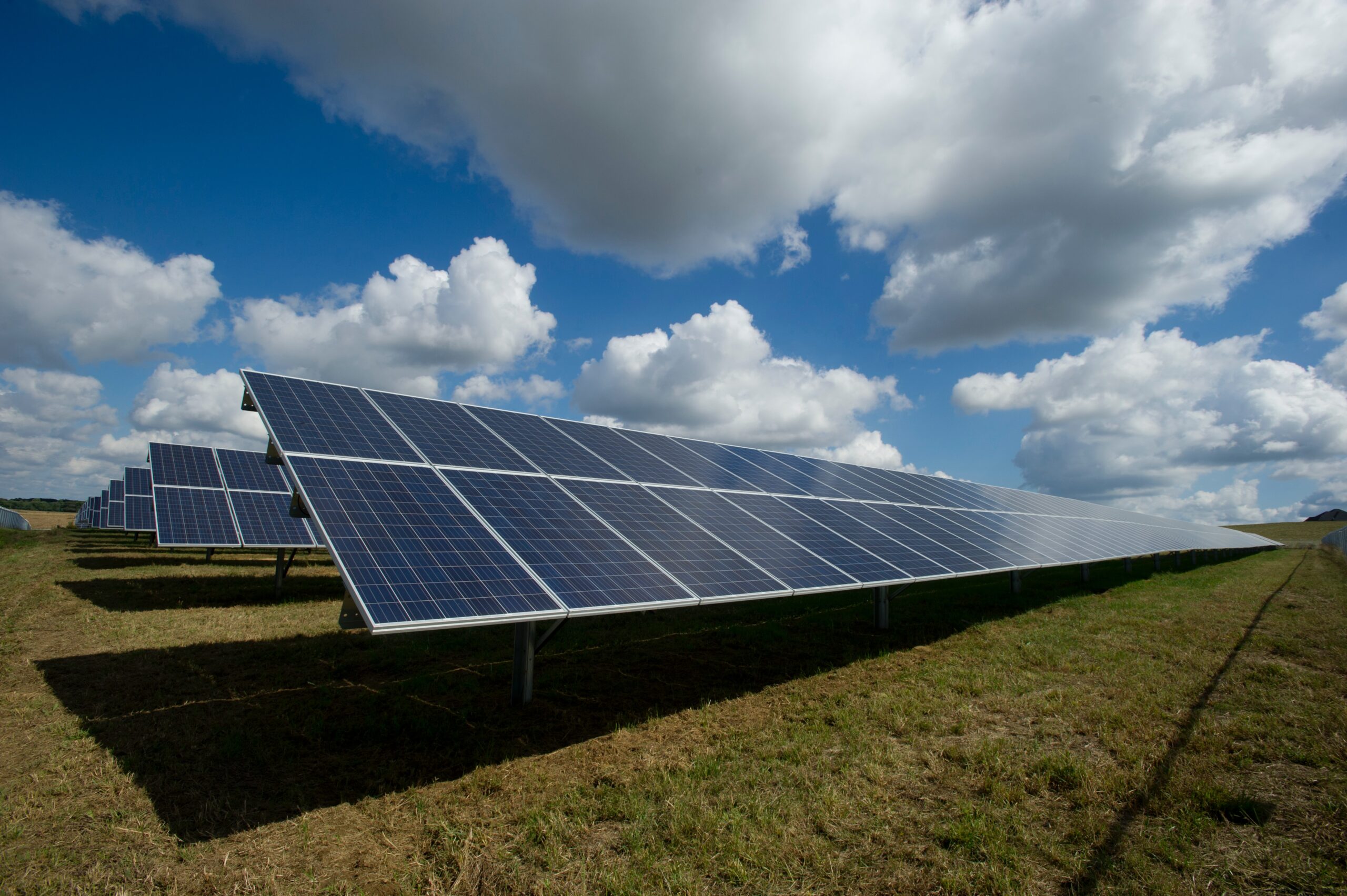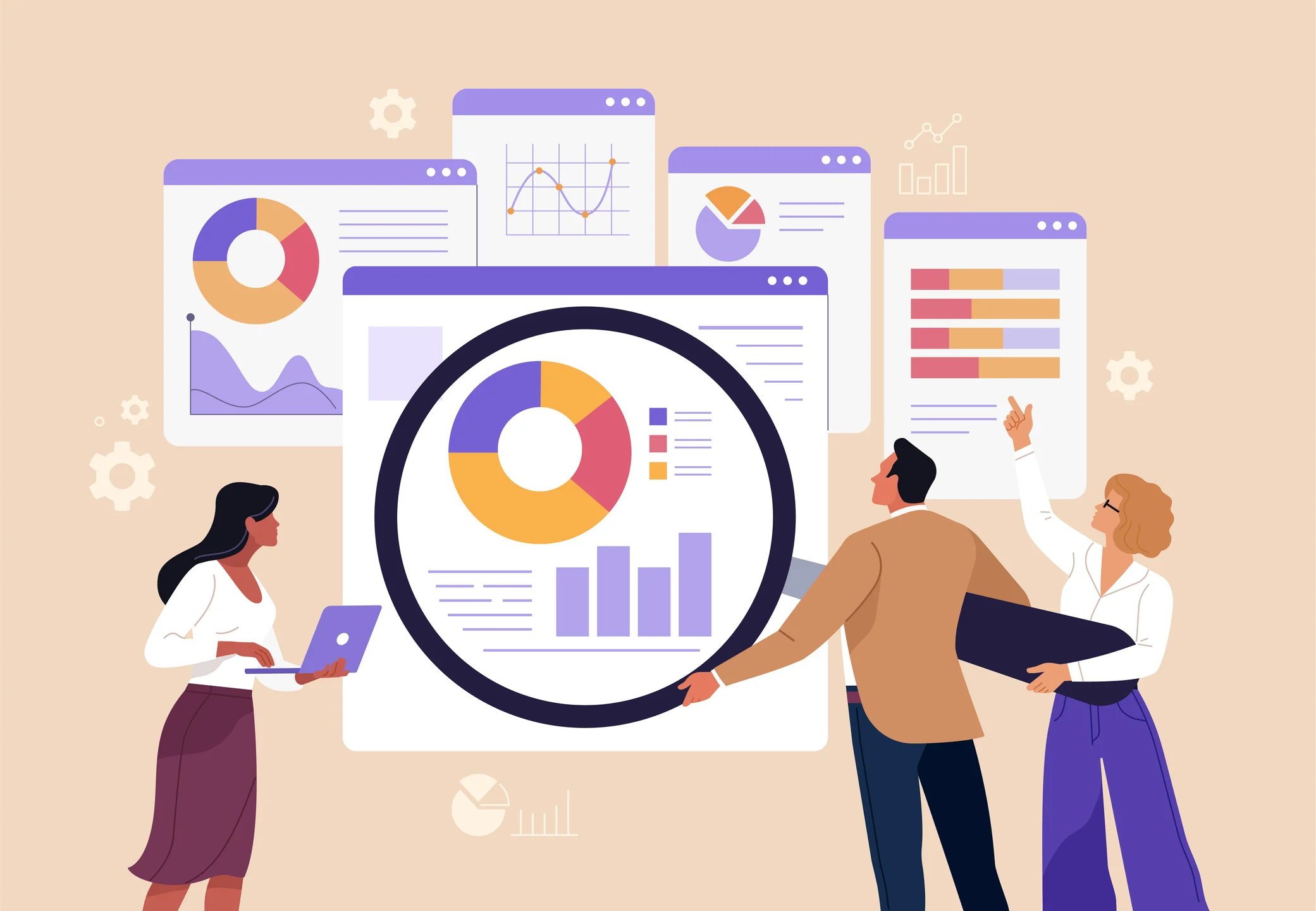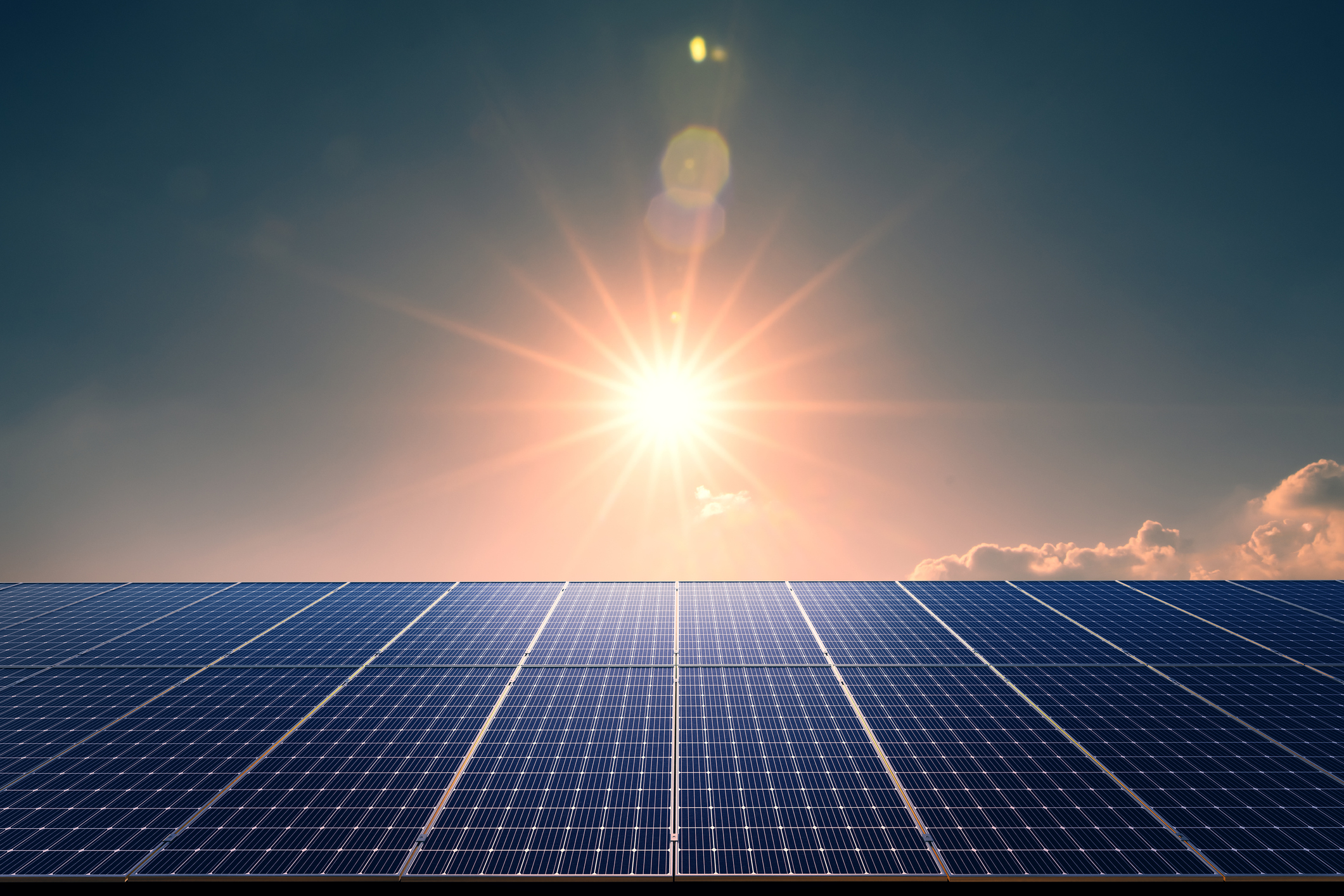In 2020, the global distributed energy resource market was valued at $360m, with a projected growth of 18% CAGR expected between 2021-28. That growth is still driven by a variety of factors including increased interest and production after the Inflation Reduction Act passed, growing consumer access and interest, and regulatory necessity. With more and more DERs entering the grid, utilities are tasked like never before to manage an increasingly complicated electric demand, while maintaining the continuity of service that customers expect. Fortunately, while DER technologies do further sophisticate the grid, they also offer an array of alternative, renewable energy assets to lower energy costs while enhancing the grid. So why aren’t utilities investing in and developing their own distributed energy resource programs right now?
Why DERs?
While demand management strategies leverage communal conservation efforts to minimize carbon output and decrease the strain on the grid, distributed energy resource programs are designed to utilize the ambient and often dormant energies in our communities, including the power stored in EVs or battery storage units, or in the excess solar generated on hot, sunny days. As the market indicates, not only is this energy increasingly available in many communities, it will only continue to grow in availability to match market demand.
Recently, the IEA estimated that around 179 GW of distributed solar was produced between 2017-20, and given the upticks in the DER and EV markets, that number promises to rise. Distributed energy resource programs provide a non-wired alternative to alleviate strains to an already pushed grid, lessening the potential for costly infrastructure maintenance while lowering carbon emissions. Since decarbonization goals are a legislative imperative around the world, utilities are ultimately beholden to finding ways to transition to cleaner, more environmentally friendly energy sources, and DERs can provide just that. So why not get started now? Let’s take a closer look.
Challenges to Initiating DER Programs
There are many reasons that program managers and utility operations, in general, might hesitate before developing any of the various distributed energy resource programs possible. Because regulation is a rigorous process, adopting any untested strategy may prove a bridge too far, a regulatory request that may not seem easy to justify. Fortunately, there is ample evidence that the use of DER technologies, as well as demand conservation strategies, can lead to lower energy costs, greater grid resiliency, and increased customer satisfaction. Remember: from environmental, social, and corporate governance (ESG) ratings to increased revenue, happy customers/members can only ever help.
Problem #1: Cost Effectiveness
Starting any new program can prove challenging, from your initial investment of time and money to development costs. Typically, distributed energy resource programs are managed using a distributed energy resource management system (DERMS). During the development process, program managers are tasked with determining not only the type of program that they want to run and what devices will be included but how quickly they can see a return on their investment. Fortunately, some APIs expedite development times by quickly and efficiently connecting devices. Look for a DERMS that features a robust and expedient API solution, and that fits your needs.
Not only are DER technologies valuable to ratepayers, who, in some places, can save up to $120b over time, but equally valuable to electric utilities. Distributed energy resources can mitigate expensive energy costs during peak times of usage, by utilizing cheap and plentiful, community-generated renewable energy. Furthermore, as a non-wires alternative, DERs can save on costly transmission investments.
Problem #2: Regulatory Requirements
Regulatory challenges are always front and center to any utility operation, whether that’s in evaluating your existing rate structures or developing a demand flexibility or distributed energy resource program. Rules like FERC 2222 were created to help ease these regulatory tensions, by empowering utilities to employ DERs alongside traditional resources like fossil fuels in the wholesale U.S. energy market. Beyond that, as DERs become a practical necessity, regulators have proven flexible in helping utilities meet their renewable energy program needs.
Problem #3: Penetration of Renewable Energies & Reliability
As of November 2022, utility-scale renewable energy generation only accounted for about 19.8% of the total production in the U.S. Distributed energy resources include renewable energy technologies like solar panels, battery storage devices, and more, effectively involving any technologies that store or generate power. Worried that consumer/prosumer buy-in isn’t enough to justify a program? Let’s take a quick look at a few statistics on tech adoptions based on device types:
- Solar panels – Solar panel adoption is on the rise, in part due to the tax incentives/credits associated with the Inflation Reduction Act and other legislation signed into law during the Biden Administration in the U.S. In specific, solar power installations increased by 34% between 2020 and 2021, and that number only promises to continue to rise.
- Battery storage – Battery storage is a critical component of any renewable energy strategy, as it stores the ambient energy created by green energy technologies. The National Renewable Energy Laboratory (NREL) reports that U.S. battery storage will rise to 200 GW by 2050, while costs will continue their precipitous drop (lithium-ion batteries have lowered in price by 80% in the last decade). Likewise, the battery storage market is predicted to grow from $10.88b in 2022 to 31.2b by 2029 indicating that people are buying these technologies now and will likely continue to do so.
- Electric vehicles – While there are a variety of challenges to the EV market, adoptions remain robust with industry leaders predicting that EVs will account for around 90% of all automotive sales by 2050. Of course, the market is there for electric vehicles, which promises robust growth even over the next decade. And these vehicles will not only add demand complications to the grid but present opportunities for managed and V2G reciprocal charging type distributed energy resource programs.
- Smart thermostats – Smart thermostat adoption is hampered in part by widespread access to the broadband capability needed to employ the devices. Fortunately, as community advocates and legislative reform have called for more broadband, these smart technologies necessary for your distributed energy resources programs will only increase in community penetration.
Of course, these represent only a few of the opportunities possible through DER technologies, but it’s important to note that in every instance adoptions are up, and industry leaders predict further, often exponential growth as communities shift to renewable energies.
Problem #4: Internal Buy-In
The last potential obstacle to developing your distributed energy resource programs involves acquiring the internal support needed to gain permission. While finding the solution to this may not seem immediately apparent (since it often involves variables like interpersonal relationships), there are plenty of parallel examples that could help. For example, marketers achieve internal buy-in by centering their audience, setting clear goals, and connecting their outcomes to their objectives. That might mean showing value on different timetables, contextualizing the information, or by showing the customer discovery research that is needed to justify the creation of any program. Whatever the case, be thorough, diligent, and nice.
Developing Your Distributed Energy Resource Programs Conclusion
Distributed energy resources are incredibly valuable to utilities during our global energy transition. Especially as reliability concerns and volatile weather and temperature events increase, finding non-wires alternatives has become critical to our continued energy security. With the right, cloud-based, SaaS solutions, utilities can quickly and efficiently develop and employ their very own distributed energy resources program.






